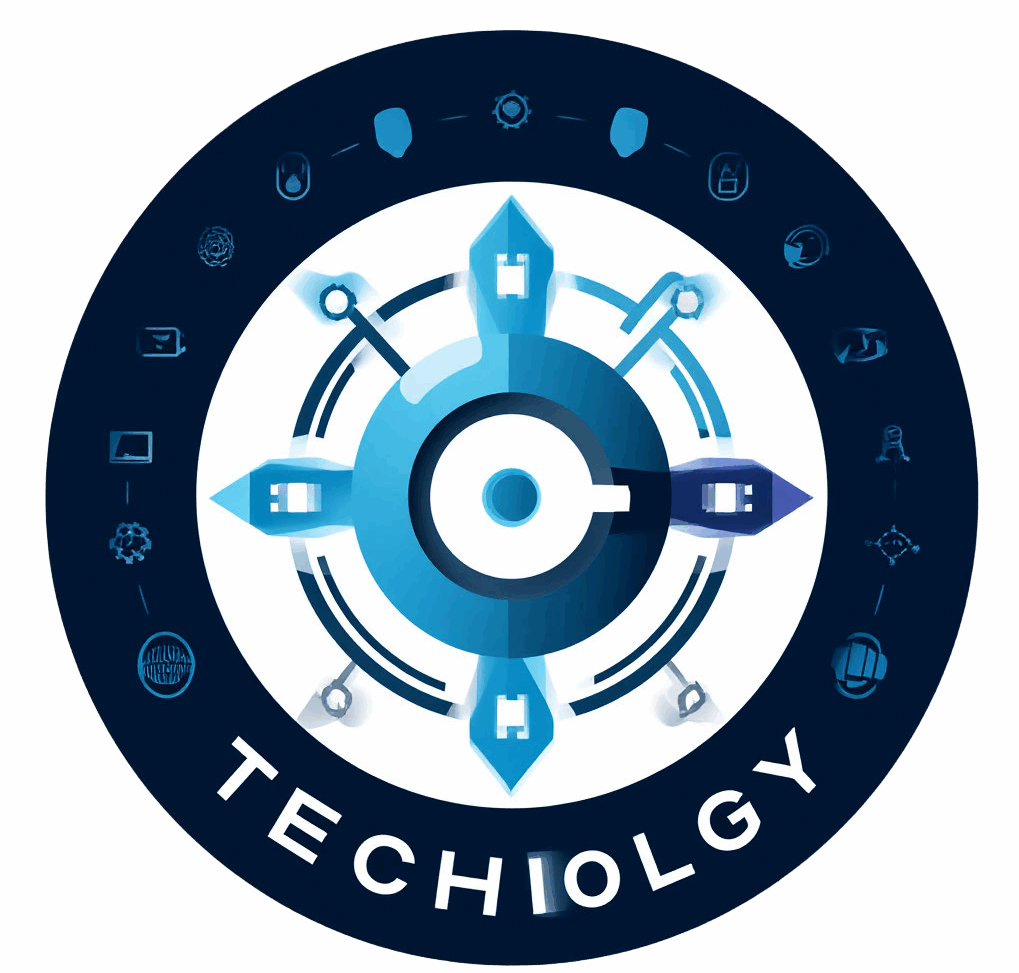Remote Work Technologies: Tools Shaping the Future
Embracing the Remote Work Revolution
In the past decade, remote work has shifted from a niche perk to a mainstream expectation for many professionals around the globe. The rapid adoption of remote work technologies has been a game-changer, allowing companies to remain productive and competitive, regardless of location. The COVID-19 pandemic accelerated an already growing trend, pushing organizations to adopt tools that support communication, collaboration, and project management beyond traditional office walls. These technologies are not only shaping how we work now but also defining the future of work itself. Whether you are a freelancer, part of a distributed team, or managing a global workforce, understanding these cutting-edge tools is key to staying ahead in today’s evolving professional environment.
Communication Tools: Keeping Everyone Connected
8cbc82fdbc3892ad366d3edd61f3ced7.jpg
Communication lies at the heart of successful remote work. Without face-to-face interaction, teams depend heavily on sophisticated platforms to bridge the distance. Some of the most popular remote work technologies in this category include video conferencing apps, instant messaging platforms, and unified communication suites. These tools enable real-time conversations, from quick check-ins to detailed strategy meetings, making remote collaboration feel seamless.
Video conferencing technologies like Zoom and Microsoft Teams have transformed virtual meetings, providing high-quality video calls, screen sharing, and breakout rooms to mimic in-person interactions. Instant messaging platforms such as Slack and Discord offer persistent chat channels where teams can maintain ongoing conversations, share files, and even integrate with other apps for enhanced productivity.
Top Communication Tools and Their Features
| Tool | Main Features | Best For |
|---|---|---|
| Zoom | HD video calls, screen sharing, breakout rooms, recording | Large meetings and webinars |
| Microsoft Teams | Video calls, chat, file sharing, integration with Office 365 | Organizations using Microsoft ecosystem |
| Slack | Instant messaging, channels, app integrations | Ongoing team communication & collaboration |
| Discord | Voice channels, chat, bots for automation | Informal or creative teams, smaller groups |
The choice of communication tools often depends on the nature of the work and team preferences, but the ability to connect quickly and clearly is the key to remote productivity.
Project Management Tools: Organizing Work Across Distance
Managing projects remotely requires more than just communication—it demands clear organization, task tracking, and transparent deadlines. Remote work technologies designed for project management address these needs by offering comprehensive platforms that centralize all project information, allowing teams to collaborate effectively even when physically apart.
Popular project management tools like Asana, Trello, and Monday.com provide visual task boards, timelines, and automation features to keep projects on track. These platforms enable team members to assign tasks, set priorities, comment on jobs, and monitor progress in real time.
Why Project Management Tools Matter in Remote Settings
- Clarity: Everyone knows who is responsible for what and by when.
- Accountability: Transparent task tracking reduces confusion and missed deadlines.
- Collaboration: Teams can share files, notes, and feedback within one centralized system.
- Flexibility: Supports asynchronous work by updating tasks accessible anytime.
Cloud Storage and File Sharing: Access Anytime, Anywhere
Remote work wouldn’t be possible without reliable cloud storage and file sharing technologies. These solutions allow employees to access crucial documents and data securely from any device, at any location. This instant access is essential to maintaining workflow continuity and preventing bottlenecks arising from waiting for files.
Platforms like Google Drive, Dropbox, and OneDrive provide ample storage space and tools for collaboration, including document editing, version control, and granular sharing permissions. The integration of such services with other remote work technologies simplifies workflows and ensures data consistency.
Benefits of Cloud Storage in Remote Work
| Feature | Benefit |
|---|---|
| File synchronization | Ensures all users have the latest version of documents. |
| Multi-device access | Provides flexibility to work from laptops, tablets, or smartphones. |
| Collaborative editing | Allows multiple people to work on the same document simultaneously. |
| Permission controls | Keeps sensitive files secure by restricting access. |
By centralizing documents in the cloud, remote teams can avoid email chains and confusion over file versions, making collaboration smoother.
Security Tools: Protecting Data in the Remote Work Era
a65d145842dd6aebac17892e467660c3.jpg
With remote work, securing company data becomes more complex and critical. The variety of devices and networks accessing corporate resources means organizations must employ advanced security tools to prevent breaches, data loss, and unauthorized access.
Virtual private networks (VPNs) encrypt internet connections, making remote connections safer. Multi-factor authentication (MFA) adds extra login layers to confirm user identity. Additionally, endpoint security software monitors individual devices for malware and vulnerabilities.
Essential Security Measures for Remote Work
- VPNs: Secure remote network access.
- MFA: Enhance user authentication.
- Encrypted communication: Protects sensitive messages.
- Regular software updates: Fix security loopholes promptly.
- Security awareness training: Educates employees about phishing and cyber threats.
Security tools are a cornerstone of sustainable remote work technologies, ensuring that flexibility doesn’t come at the cost of safety.
Emerging Technologies: AI and Virtual Reality in Remote Work
c98681c7f02dac4fe428e4b3be875108.jpg
Looking ahead, new technologies like artificial intelligence (AI) and virtual reality (VR) are beginning to make an impact on remote work. AI-powered chatbots and virtual assistants simplify scheduling, automate repetitive tasks, and help prioritize work. On the other hand, VR platforms create immersive meeting environments that replicate the experience of being in a shared space, fostering better engagement and collaboration.
Although these technologies are still evolving, their potential to enhance how remote teams communicate and solve problems is immense. Investing time to learn and integrate them early can provide a competitive edge in the remote work landscape.
Examples of Emerging Remote Work Technologies
| Technology | Application | Benefit |
|---|---|---|
| AI Virtual Assistants | Scheduling meetings, sending reminders | Increase efficiency and reduce administrative burden |
| AI-based Analytics | Analyze work patterns and productivity | Data-driven insights to improve performance |
| Virtual Reality | Immersive collaboration in virtual rooms | Enhances engagement and presence in remote meetings |
As these tools mature, the concept of remote work will continue to evolve beyond traditional communication and project management platforms.
Remote work technologies have dramatically reshaped the way we approach professional collaboration, making distance irrelevant in many aspects of our jobs. Communication tools, project management platforms, cloud storage, security solutions, and emerging AI/VR applications collectively empower teams to operate efficiently and securely from anywhere in the world. These tools are not just temporary solutions but foundational elements that will continue to influence the future of work. Embracing and mastering these technologies enables businesses and individuals alike to thrive in a dynamic digital workspace, breaking down barriers and opening new possibilities for productivity and innovation. As remote work becomes increasingly embedded in our professional culture, understanding and leveraging these tools is essential to staying connected, organized, and ahead of the curve.



